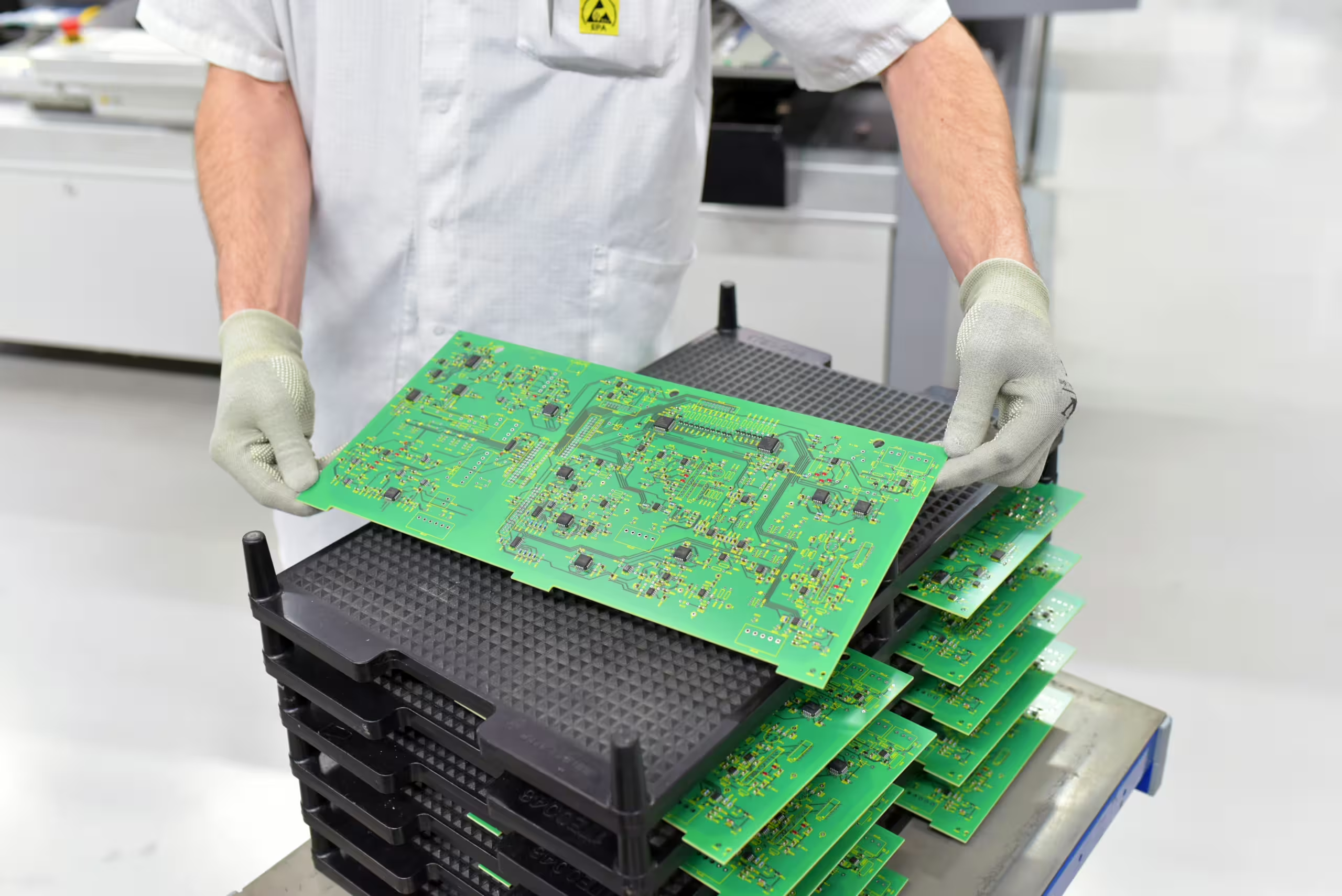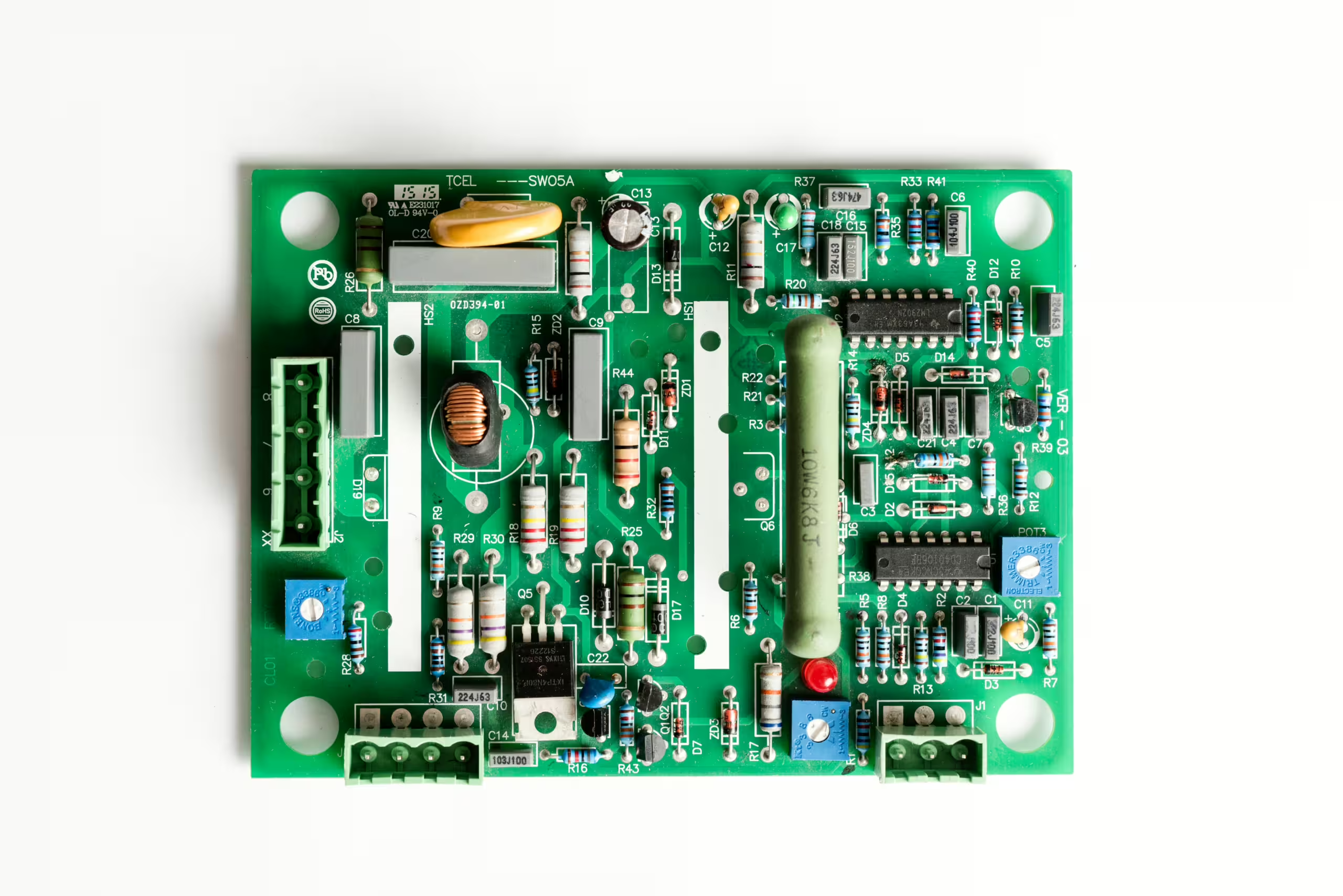Why are serpentine traces used in PCB routing? Serpentine routing serves three main purposes:
Delay Matching In high-speed signal transmission, different signals need to arrive at the destination simultaneously. If the traces are not of equal length, delays can occur when different signals reach the destination, which can affect the accuracy of data transmission. To ensure simultaneous signal arrival, serpentine routing is used to increase the length of shorter traces so that all signals can reach the receiver at the same time.
Reduction of Interference In some complex circuits, serpentine routing can prevent interference between signals. It’s like assigning each signal its own lane, reducing collision losses and improving signal transmission quality.
Filtering In RF circuits, serpentine routing can form an LC circuit that acts as a filter for certain frequencies. This filters out unwanted signals while retaining the necessary ones.







